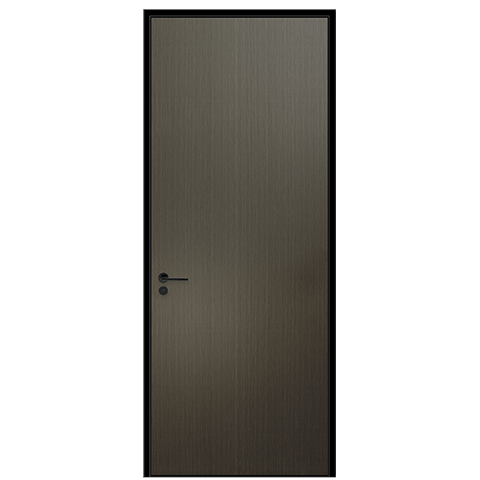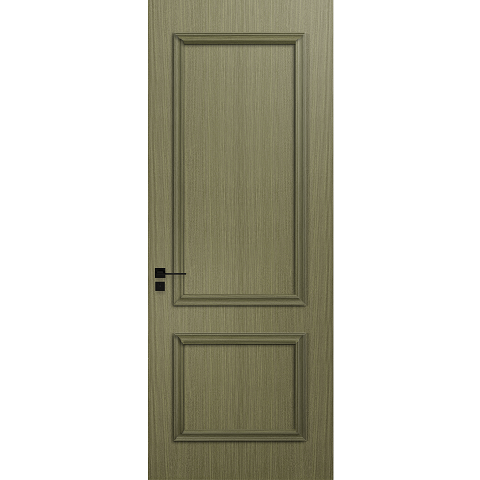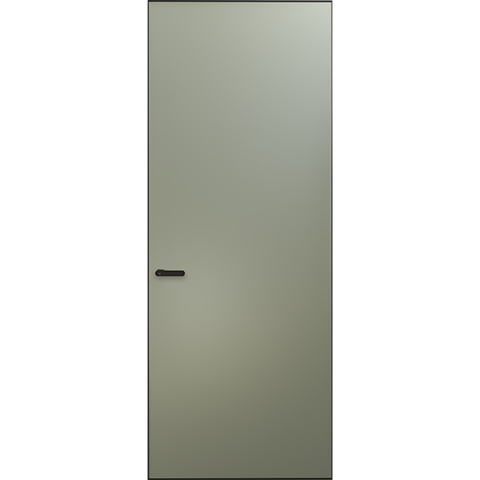What is a sliding window, the advantages and disadvantages of aluminum alloy sliding window introduction
01 Introduction of sliding window
The sliding window can be divided into left and right opening and up and down opening according to the opening method, and the track can be selected from two-track, three-track and other types.
According to the different structure of aluminum alloy material, it can be divided into ordinary sliding window and broken bridge aluminum sliding window series. The structure of ordinary sliding windows is simple, and it can only simply shelter from wind and rain, and there is not much performance expansion, while the broken bridge series is more cost-effective due to the heat insulation and sound insulation of the internal structure.
02 Advantages and disadvantages of aluminum alloy sliding window
1) Advantages
The sliding window is opened by sliding left and right on the pulley, so the sliding window does not occupy the indoor space, which can save a lot of space in the room and facilitate the installation of curtains, cabinets and other furniture.
The structure is simple, the indoor lighting is good, and the price is cheaper than the casement window in the same level.
If the broken bridge aluminum sliding window is used, the shortcomings of ordinary sliding windows in thermal insulation, sound insulation and noise reduction can be made up accordingly.
2) Disadvantages
Sliding windows, whether they are ordinary aluminum alloy sliding windows or broken bridge aluminum sliding windows, are not as good as casement windows in terms of waterproof performance, air tightness, and sound insulation, which is determined by the structure of the window.
Although the lighting is good, the opening area is only 50%, the air tightness is poor when it is closed, and the ventilation effect is not very good.
High energy consumption. The thermal insulation effect of casement windows cannot be achieved, and the heat in the room will be quickly transferred out, resulting in faster cooling of the room and increased energy consumption of air conditioners and other equipment.
The wind resistance performance is general, the aluminum alloy sliding window mainly relies on the pulley to support the horizontal direction wind force, and the pulley relies on the track, the wind force is too large, or the window is easy to fall due to the upward lifting force.
It is easy to accumulate dust in the window track, and it is not easy to clean, which is also a small disadvantage!
03 Are sliding windows suitable for you?
There are two factors to consider about whether it is suitable for you or not.
1) Environmental factors
The biggest impact on the surrounding environment should be the geographical difference. The temperature difference between the north and the south is large. The north focuses on thermal insulation and air tightness. Some areas in the south have more rain, so more attention is paid to water tightness, that is, waterproof performance. For example, some areas have more wind and sand, and have higher requirements for air tightness.
In addition to the impact of the large environment on people, it is more about the impact of the surrounding small environment, such as the floor height of the residence, whether it is located near the downtown area, whether there is a main traffic road, the rainwater and wind levels of the city where you are located, whether there is an anti-theft requirement, or even Is there a square dance group around?
These influencing factors are actually considered around thermal insulation performance, sound insulation performance, wind pressure resistance performance, water tightness, and air tightness.
2) Policies and regulations
After taking environmental factors into consideration, it is also necessary to pay attention to the impact of local policies and regulations.
In the "National Civil Construction Engineering Design Technical Measures 2009 Planning, Architecture and Landscape" guidelines, it is stipulated in this way
Multi-storey residential buildings (less than or equal to 6 stories) often use external casement or sliding windows; high-rise buildings should not use external casement windows. When using sliding windows or outward opening windows, measures should be taken to strengthen the sashes and prevent them from falling off.
In the "General Principles of Civil Building Design" GB 50352-2005, the definition of high-rise buildings is as follows
Floors 1-3 are low-rise buildings, floors 4-6 are multi-storey, floors 7-9 are middle and high-rise buildings, and floors 10 and above are high-rise residential buildings. It is not the same, and the specific plan should be referred to the local plan.
To judge whether the casement window is suitable for you or the sliding window is suitable for you, you need to combine the above influencing factors to judge your different requirements for thermal insulation performance, sound insulation performance, wind pressure resistance performance, water tightness, and air tightness, so as to choose aluminum alloys window type.
04 Recommendations for use
It is forbidden to install sliding windows on the high floors of some areas or communities. There are safety factors and the uniform style of the buildings in the community. When using, it is recommended to install a protective net to prevent the window from falling. The child jumps over and so on.
The sound insulation effect, watertightness and airtightness of sliding windows are not as good as those of casement windows, so it is recommended to install and use them in places that are relatively quiet (aluminum sliding windows with broken bridges can reduce some noise), where there is not much rain and the air quality is good. There are many factors to consider for outdoor windows, and indoor windows can be installed according to preferences and space.
 Hot Recommendation
Hot Recommendation
 Latest Products
Latest Products



